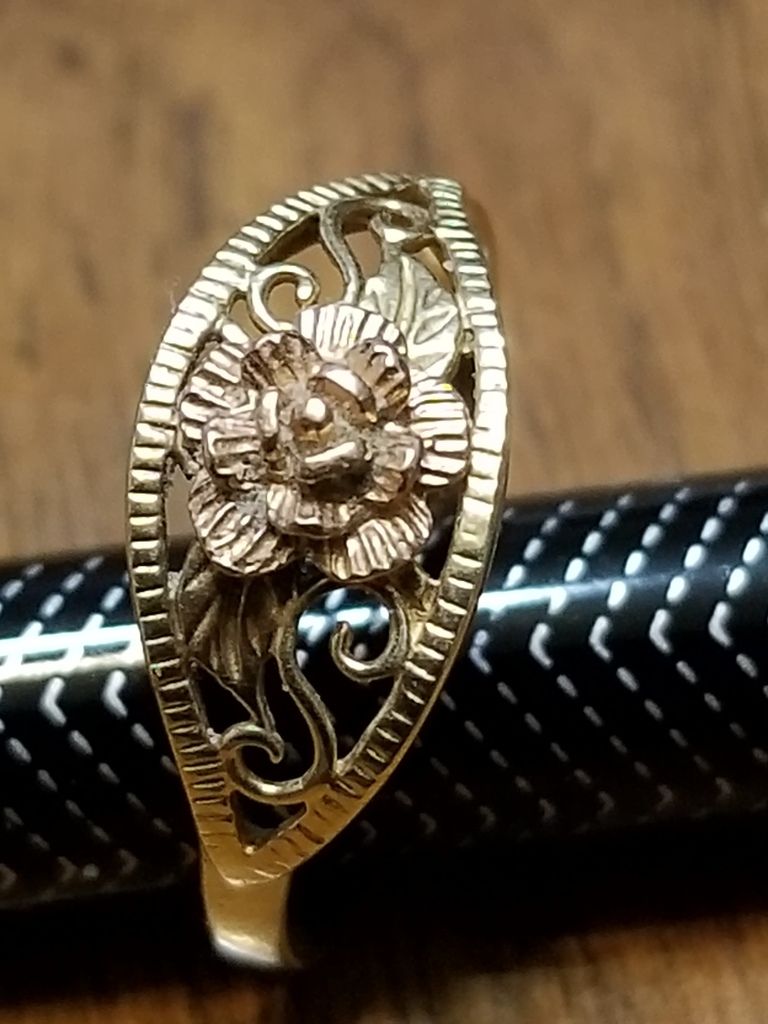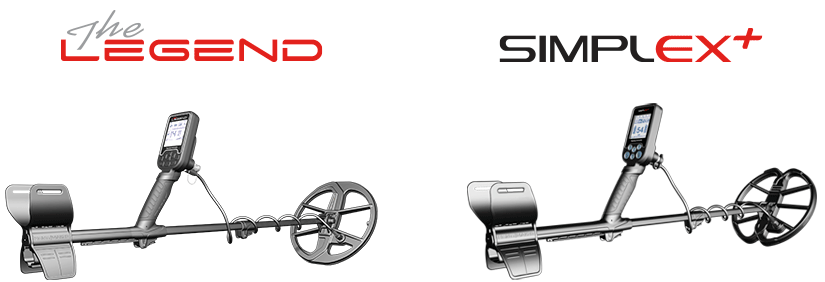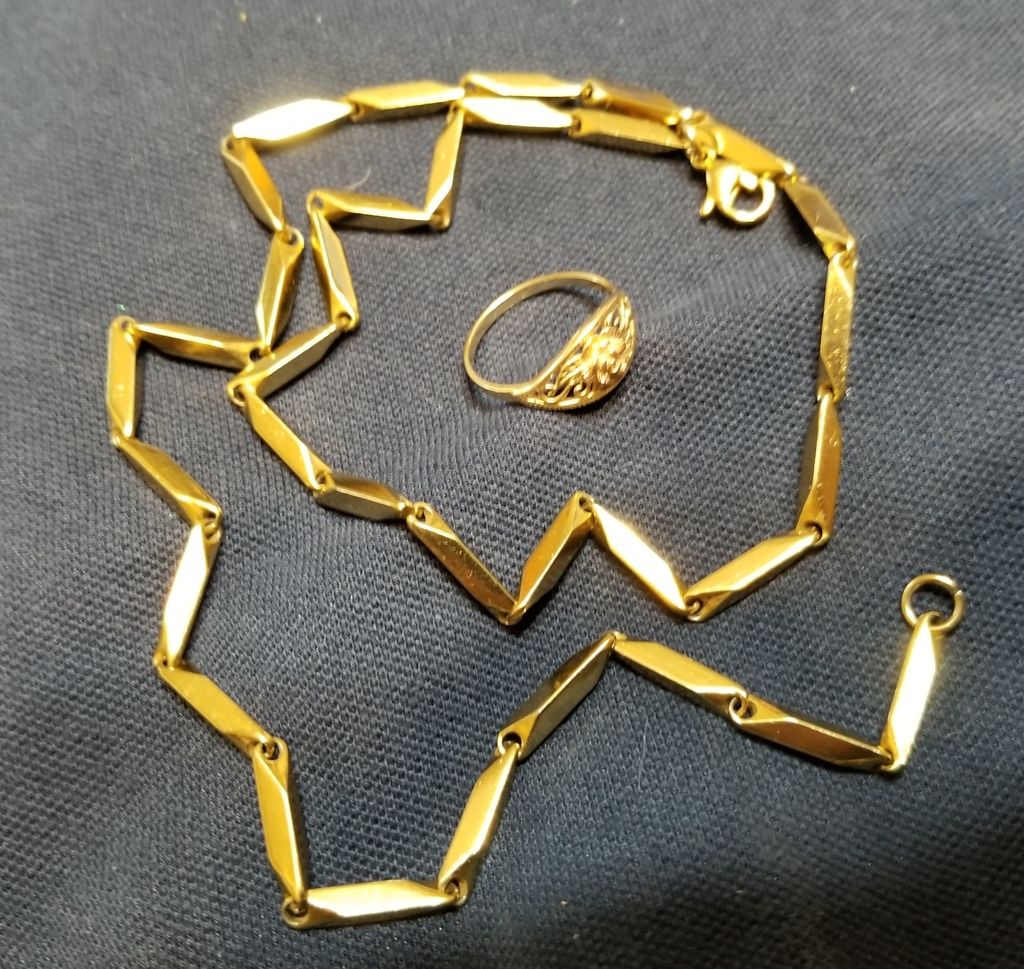Find's Treasure Forums
Welcome to Find's Treasure Forums, Guests!
You are viewing this forums as a guest which limits you to read only status.
Only registered members may post stories, questions, classifieds, reply to other posts, contact other members using built in messaging and use many other features found on these forums.
Why not register and join us today? It's free! (We don't share your email addresses with anyone.) We keep email addresses of our users to protect them and others from bad people posting things they shouldn't.
Click here to register!
Need Support Help?
Cannot log in?, click here to have new password emailed to you
Changed email? Forgot to update your account with new email address? Need assistance with something else?, click here to go to Find's Support Form and fill out the form.
You are using an out of date browser. It may not display this or other websites correctly.
You should upgrade or use an alternative browser.
You should upgrade or use an alternative browser.
There is GOLD In them there Beaches!
- Thread starter Coin Rescue Inc
- Start date
Coin Rescue Inc
Well-known member
Follow up story
It is always easier to to send photo's to this web site from my phone but difficult to text. So I like doing a follow up on the lap top.
I found a small township park in the boonies about a month ago that I want to hunt. It has a small lake that looks like an old sand pit.
Water is clean and was warm today. During the hunt I found two old style Pull tabs so there is evidence the park dates back into the 60's
I woke up early and got to the park at 6 AM but the gates were locked.
So I doubled back to a small elementary school I passed along the way. Hunted there for a bit and headed back to the park.
This time the gate were open and no one was there. Today was a good day. 72 degrees and overcast with rain threatening.
I do enjoy hunting without onlookers.
I hunted the water starting at the water's edge and it became apparent someone was there recently digging holes under the water.
That was a bit disappointing but you never know.
After an hour wading knee deep and finding scrap I took a break and got ready for deeper water.
The MMK was set for 3 tone - 85 gain - 19 kHz- vibration at 5 and tone volume at 8-
Since this is my first time water hunting I wanted to dig almost everything.
Maybe that is a good thing because the Chain came in on a solid 12. I tested it at home with a magnet and it does not react to the magnetic pull. So the jury is still out if it is solid or plated, but looks impressive.
The ring was also a solid hit locking in at 22. It has 3 maker marks and is yellow gold with a rose gold flower. This was in 4 ft of water.
So I could get used to this type of hunting- I see I need waterproof head phones now and a sand scoop next. I did take a stab at some deeper dime and quarter targets reading 12" depth but that was a bit much for me due to the lack of proper water gear.
The Kruzer works easy in water with the 7" coil - not much drag and the build is solid. The coil stayed low with no buoyancy issues so that was nice.
Anyone else have any luck finding gold with the MMK? I would appreciate comments on your experience.

It is always easier to to send photo's to this web site from my phone but difficult to text. So I like doing a follow up on the lap top.
I found a small township park in the boonies about a month ago that I want to hunt. It has a small lake that looks like an old sand pit.
Water is clean and was warm today. During the hunt I found two old style Pull tabs so there is evidence the park dates back into the 60's
I woke up early and got to the park at 6 AM but the gates were locked.
So I doubled back to a small elementary school I passed along the way. Hunted there for a bit and headed back to the park.
This time the gate were open and no one was there. Today was a good day. 72 degrees and overcast with rain threatening.
I do enjoy hunting without onlookers.
I hunted the water starting at the water's edge and it became apparent someone was there recently digging holes under the water.
That was a bit disappointing but you never know.
After an hour wading knee deep and finding scrap I took a break and got ready for deeper water.
The MMK was set for 3 tone - 85 gain - 19 kHz- vibration at 5 and tone volume at 8-
Since this is my first time water hunting I wanted to dig almost everything.
Maybe that is a good thing because the Chain came in on a solid 12. I tested it at home with a magnet and it does not react to the magnetic pull. So the jury is still out if it is solid or plated, but looks impressive.
The ring was also a solid hit locking in at 22. It has 3 maker marks and is yellow gold with a rose gold flower. This was in 4 ft of water.
So I could get used to this type of hunting- I see I need waterproof head phones now and a sand scoop next. I did take a stab at some deeper dime and quarter targets reading 12" depth but that was a bit much for me due to the lack of proper water gear.
The Kruzer works easy in water with the 7" coil - not much drag and the build is solid. The coil stayed low with no buoyancy issues so that was nice.
Anyone else have any luck finding gold with the MMK? I would appreciate comments on your experience.

Phillip_in_NM
Member
[size=x-large]Beautiful!!! Serious congratulations!!! [/size]
Piedmontartifacts
Active member
Congratulations, I like gold! Thanks for the report.
Coin Rescue Inc
Well-known member
dfmike said:Very nice ring. What's 22 ID on the MMK ? Foil range ?
Iron is from 1 to 15 - Most MMK canned programs lock out Iron from 1 to 10. The Manual says gold can come in at the iron range.
US Nickles are 30 so 15 to 29 would be foil. Months ago I raised the Iron tone from 15 to 27 - So i need to rethink that, maybe drop the Iron tone down to 10.
sandnsea49
Member
I just tested my MMK and found that buffs came in at 26 and Indians at 62, 63. Most of my other nickels come in at 27 and a few at 30.
Coin Rescue Inc
Well-known member
sandnsea49 said:I just tested my MMK and found that buffs came in at 26 and Indians at 62, 63. Most of my other nickels come in at 27 and a few at 30.
That is interesting - We just had a detecting club hunt 8 days ago where they put out 120 nickels including Buffalo and Jefferson.
I have a good supply of Buffalo Nickels. Think I will do some testing tonight in 14 kHz and 19 kHz to see if it makes a difference. I used the 19 kHz.
I will throw in some pull tabs, Indian Heads, Silver, Clad and gold just to see what I get.
Matter-of-fact, even comparable objects other than minted coins can produce somewhat different VDI numeric read-outs. This is all based upon the metal alloy mix, the physical condition, such as wear or shape, and other variables to include the target's orientation to the search coil, the size and type of search coil used, and the ground mineral make-up of the search site.
Using the US 'nickel' or 5 ¢ coin as an example, most common nickels usually produced a reasonably tight and consistent VDI numeric read-out that might vary ± 1 number from the anticipated coin response. However, most of the 'war time' or 'silver war nickels' minted during WW-II tend to respond with a more positive VDI number that can be 1 to 4 digits higher than a common modern nickel coin. Most of the earlier minted designs, both Buffalo Nickels and 'V' Nickels, read about the same as the common 5¢ piece to slightly lower by 1 to 3 digits. Older Shield Nickels will also frequently have a read-out similar to those, just slightly lower than modern change, or even 1 to 2 digits lower, all depending upon the particular detector model in-use and the age and wear of the coin.
When Normalized, the responses should be pretty close when you change frequency but could vary slightly on US coins. Other sample targets can vary widely, such as Pull Tabs, to include both the early Ring-Pull type and the rectangular-shaped Pry-Tabs. In my samples I have 'Tabs' that cover a very wide range from below the US Nickel up to and duplicating a modern Zinc Cent. Remember, too, that Zinc cents can vary, and most Indian Head Cents, and many early Wheat-Back Cents from 1909 to about 1920, have a VDI response similar-to or just a little ± that of a Zinc Cent.
Learning possible visual TID's is interesting, but it certainly isn't going to be a guarantee. Things can vary. I found two Silver Seated Liberty Halves in virtually the same hole, one an 1871 and the other an 1868. In an air test comparison their VDI numbers were 6-7 points different! Nothing wrong with learning how each TID model you have works and the differences in responses between models with the same test sample, but they are only suggestions of how some targets might respond and we shouldn't get too overly dependent upon expecting exactness when afield.
Monte
Using the Makro Multi-Kruzer and Racer 2, as well as other makes and models from Nokta, White's, and Garrett that also produce a numeric VDI display, I note the same today as I have seen for over thirty plus years now. That is even in an 'air test' without any ground mineral signal factored in, there can be notable variables in a target's TDI display.sandnsea49 said:I just tested my MMK and found that buffs came in at 26 and Indians at 62, 63. Most of my other nickels come in at 27 and a few at 30.
Using the US 'nickel' or 5 ¢ coin as an example, most common nickels usually produced a reasonably tight and consistent VDI numeric read-out that might vary ± 1 number from the anticipated coin response. However, most of the 'war time' or 'silver war nickels' minted during WW-II tend to respond with a more positive VDI number that can be 1 to 4 digits higher than a common modern nickel coin. Most of the earlier minted designs, both Buffalo Nickels and 'V' Nickels, read about the same as the common 5¢ piece to slightly lower by 1 to 3 digits. Older Shield Nickels will also frequently have a read-out similar to those, just slightly lower than modern change, or even 1 to 2 digits lower, all depending upon the particular detector model in-use and the age and wear of the coin.
As I stated above, you might use a good assortment of US Nickels and note the range they all respond in, from the lowest to highest numeric response, and see an interesting spread if you include silver war nickels and older nickels with current production.Coin Rescue Inc said:That is interesting - We just had a detecting club hunt 8 days ago where they put out 120 nickels including Buffalo and Jefferson.
I have a good supply of Buffalo Nickels. Think I will do some testing tonight in 14 kHz and 19 kHz to see if it makes a difference. I used the 19 kHz.
I will throw in some pull tabs, Indian Heads, Silver, Clad and gold just to see what I get.
When Normalized, the responses should be pretty close when you change frequency but could vary slightly on US coins. Other sample targets can vary widely, such as Pull Tabs, to include both the early Ring-Pull type and the rectangular-shaped Pry-Tabs. In my samples I have 'Tabs' that cover a very wide range from below the US Nickel up to and duplicating a modern Zinc Cent. Remember, too, that Zinc cents can vary, and most Indian Head Cents, and many early Wheat-Back Cents from 1909 to about 1920, have a VDI response similar-to or just a little ± that of a Zinc Cent.
Learning possible visual TID's is interesting, but it certainly isn't going to be a guarantee. Things can vary. I found two Silver Seated Liberty Halves in virtually the same hole, one an 1871 and the other an 1868. In an air test comparison their VDI numbers were 6-7 points different! Nothing wrong with learning how each TID model you have works and the differences in responses between models with the same test sample, but they are only suggestions of how some targets might respond and we shouldn't get too overly dependent upon expecting exactness when afield.
Monte
Coin Rescue Inc
Well-known member
Hi Monte,
What you said is all true.
I re-tested in 14 kHz this evening and found these numbers (Perfect Conditions)
Clad 50 cent Kennedy 90-91
Quarters 88
Silver or Clad Dime 79-80
1905 Indian Head - 68-69
Buffalo 30
Jefferson 30
Wheat 77-78
I have two thin 10k woman's gold rings -
Rose gold was 27
Yellow Gold 23
The necklace is still 11-12
Modern Pull tabs are 35
19 kHz was the same range
I lowered my Iron range to 10 so I can be alerted to these lower numbers (11 to 30) for beach/water hunting.
What you said is all true.
I re-tested in 14 kHz this evening and found these numbers (Perfect Conditions)
Clad 50 cent Kennedy 90-91
Quarters 88
Silver or Clad Dime 79-80
1905 Indian Head - 68-69
Buffalo 30
Jefferson 30
Wheat 77-78
I have two thin 10k woman's gold rings -
Rose gold was 27
Yellow Gold 23
The necklace is still 11-12
Modern Pull tabs are 35
19 kHz was the same range
I lowered my Iron range to 10 so I can be alerted to these lower numbers (11 to 30) for beach/water hunting.
Coin Rescue Inc
Well-known member
-- moved topic --





